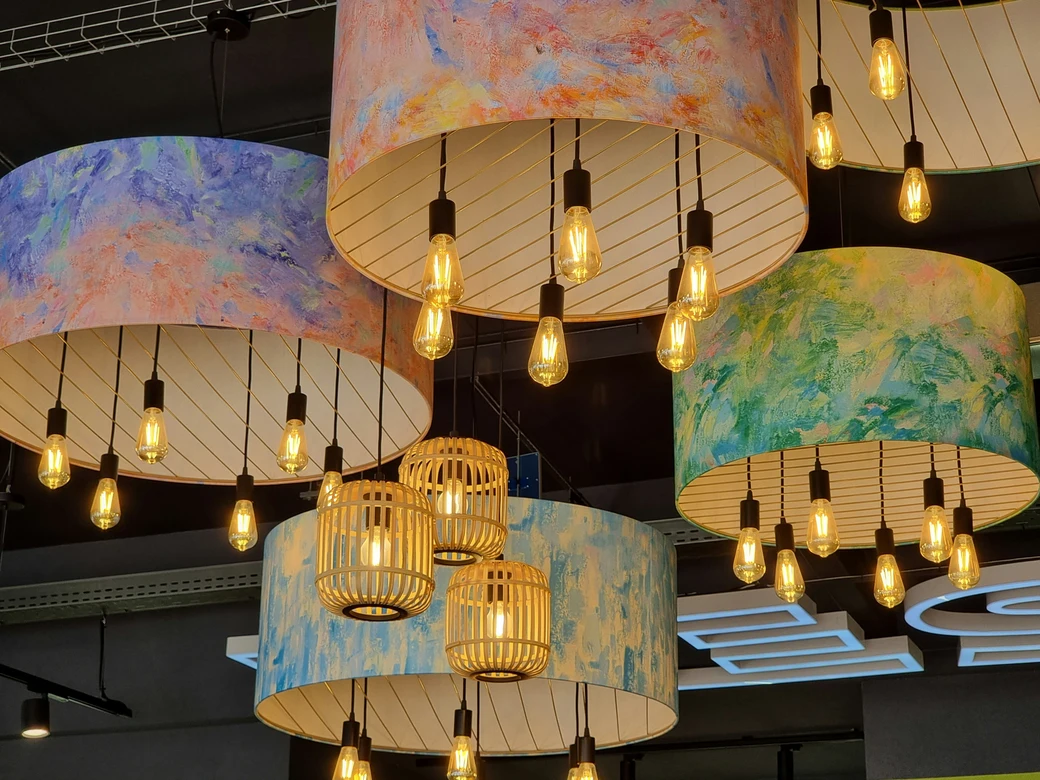The Earth’s climate is changing rapidly, leading to phenomena like Antarctica turning green, which is a clear sign of the environmental transformations happening on our planet. The once icy, barren landscape of Antarctica is slowly changing as rising temperatures allow vegetation to grow in even the harshest environments. This shift offers a powerful and urgent message: the time to act is now.
Antarctica turning green serves as a stark reminder of the impacts of climate change and the need for immediate action to combat global warming. As this frozen continent begins to show signs of greening, it reflects the broader changes affecting ecosystems across the globe. Scientists have identified this greening as a result of increased temperatures and longer summer seasons, enabling moss and algae to flourish where ice once dominated. This environmental shift, while fascinating, highlights the deeper issue of global warming’s reach.
But what does this mean for us? The greening of Antarctica is not just a distant ecological phenomenon—it’s a reminder that climate change affects us all. The changes we see in Antarctica should inspire us to incorporate eco-friendly solutions into our own lives, ensuring that we reduce our carbon footprint and live more sustainably.

Why Is Antarctica Turning Green?
In recent decades, Antarctica turning green has become a visible and concerning consequence of the planet’s warming climate. Known for its icy and barren landscapes, Antarctica is now experiencing a significant increase in vegetation, particularly mosses and algae. According to research, the Antarctic Peninsula has seen a 12-fold increase in plant cover since the 1980s due to rising temperatures and extended growing seasons.
The warming climate is melting ice and exposing new ground, creating an environment suitable for plant growth. The process of Antarctica turning green is especially noticeable along the coastal areas of the Antarctic Peninsula, where mosses are thriving due to warmer conditions and less snow cover. As the ice retreats, more land becomes available for vegetation to flourish, marking a significant shift in this extreme environment.
This greening of Antarctica is not only a localized phenomenon; it carries global implications. As Antarctica turns green, it serves as a warning of the far-reaching effects of climate change. The previously inhospitable landscape is becoming more conducive to plant life, a transformation that underscores the urgency of addressing global warming. If temperatures continue to rise, the phenomenon of Antarctica turning green will likely intensify, potentially disrupting ecosystems and altering global climate patterns.
The fact that Antarctica is turning green highlights the need for immediate action on climate change. This transformation is a powerful reminder of the importance of reducing carbon emissions and adopting eco-friendly solutions. As the world watches Antarctica turning green, it signals that the impacts of climate change are not confined to remote regions—they will affect ecosystems and communities worldwide.
How Smart Home Technology Can Help Combat Climate Change
Eco-friendly smart home innovations are not only about convenience; they can make a meaningful impact on reducing your carbon footprint and saving energy. By embracing these technologies, you can directly contribute to the global effort to fight climate change.
Key Smart Home Innovations:
- Smart Thermostats: Devices like Google Nest and Ecobee automatically adjust your home’s temperature based on your schedule and occupancy, cutting down on unnecessary heating and cooling, and saving energy Samsung.
- Energy-Efficient Lighting: Smart lighting systems, such as Philips Hue, allow you to control your home’s lighting remotely, saving energy by turning off lights when they’re not needed Samsung.
- Water Management Systems: Flo by Moen monitors your home’s water usage, detecting leaks and helping you conserve this precious resource.
- Solar Panels and Energy Storage: Integrating smart home systems with solar energy allows you to power your home with renewable energy. Pairing solar panels with in-home battery storage can make your household energy-independent and eco-friendly.
- Smart Plugs and Appliances: Control your devices remotely and reduce standby power consumption by plugging appliances into smart outlets.
What Antarctica Turning Green Teaches Us About Sustainability
The changes occurring in Antarctica are more than just an environmental curiosity—they offer critical lessons for our daily lives. If we ignore the warning signs, the consequences could be dire. However, by embracing smart technologies and sustainable practices, we can mitigate the impacts of climate change.
More About Smart Home Technology and Climate Action
Why is Antarctica turning green?
Rising global temperatures are causing moss and other vegetation to grow in areas of Antarctica that were once covered by ice The IndependentNews.
How does climate change affect Antarctica’s landscape?
Warmer temperatures are melting ice and snow, allowing plant life to flourish in the previously inhospitable Antarctic Peninsula News.
What are the environmental implications of Antarctica turning green?
The greening of Antarctica could lead to soil formation and the introduction of invasive species, which may disrupt local ecosystems The IndependentNews.
Can smart home technology help combat climate change?
Yes, smart home devices reduce energy consumption, decrease carbon footprints, and improve overall energy efficiency Samsung.
What eco-friendly innovations can reduce a home’s carbon footprint?
Smart thermostats, energy-efficient lighting, water management systems, and solar-powered devices all contribute to reducing your home’s environmental impact Samsung.
How do smart thermostats contribute to energy savings?
Smart thermostats optimize heating and cooling by learning your habits and adjusting temperatures accordingly, cutting down on unnecessary energy use Samsung.
How can smart homes help fight global warming?
By using less energy and utilizing renewable energy sources, smart homes reduce the carbon emissions that contribute to global warming Samsung.
What are the best energy-efficient devices for smart homes?
Smart thermostats, LED lighting systems, solar panels, and smart water management systems are among the most effective devices for energy savings Samsung.
How does vegetation growth in Antarctica impact the environment?
Vegetation growth in Antarctica is contributing to the formation of new soils, which could pave the way for invasive species to colonize the region The IndependentNews.
What are the long-term consequences of warming in Antarctica?
Long-term consequences include rising sea levels, the loss of ice sheets, and the introduction of non-native species that could alter Antarctic ecosystems News.
How can smart home systems reduce household energy consumption?
Smart systems can monitor and automate energy use, ensuring that appliances and lighting are only in use when needed, which reduces energy consumption Samsung.
What role does smart home technology play in sustainable living?
Smart home technology helps users monitor and control their energy use, transitioning to more sustainable practices that reduce environmental impact Samsung.
How do smart appliances support eco-friendly living?
Smart appliances use sensors and automation to ensure that energy and water are used efficiently, minimizing waste Samsung.
What are the key benefits of using smart home energy management systems?
Energy management systems provide real-time insights into energy consumption, allowing users to take actions that reduce utility costs and environmental impact Samsung.
How can homeowners transition to a more eco-friendly lifestyle with smart technology?
Start with simple steps like installing smart thermostats, LED lighting, and solar panels, and use automation tools to manage energy consumption effectively Samsung.
What is the future of smart homes and green technology?
The future includes deeper integration with renewable energy sources, increased automation, and AI-driven energy management for maximum efficiency Samsung.
How do smart home energy systems integrate with renewable energy sources?
Smart home energy systems can connect to solar panels, in-home batteries, and wind energy to create a sustainable, energy-independent home Samsung.
What are the latest trends in sustainable smart home innovations?
Trends include AI-driven energy management, smart grids, and the use of renewable energy sources like solar and wind power Samsung.
How do energy-efficient homes reduce carbon emissions?
By using less energy for heating, cooling, lighting, and appliances, energy-efficient homes reduce the need for fossil fuel consumption, thus lowering carbon emissions Samsung.
What lessons from Antarctica can inspire eco-friendly home solutions?
Antarctica’s greening is a wake-up call that climate change is accelerating. By adopting smart home technologies, we can reduce our environmental impact and contribute to a sustainable future NewsSamsung.
Antarctica’s greening is a powerful reminder that we must act now to combat climate change. By integrating smart home technologies, we can reduce our carbon footprints, lower energy consumption, and contribute to a more sustainable planet.
If you’re ready to make your home eco-friendly, check out the Living Spaces category on Designs24hr to discover the latest in smart home innovations and start your journey toward a greener, smarter home today.







